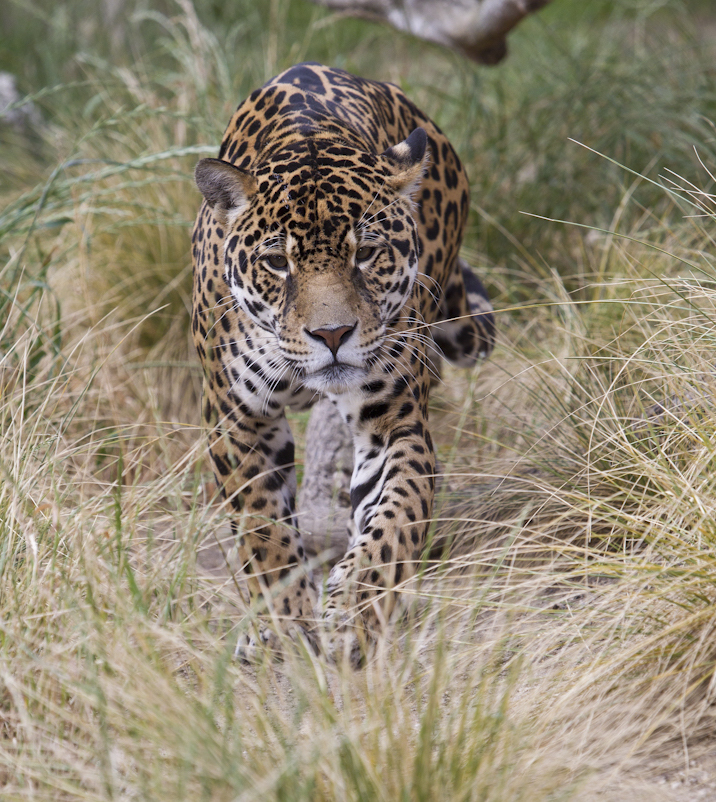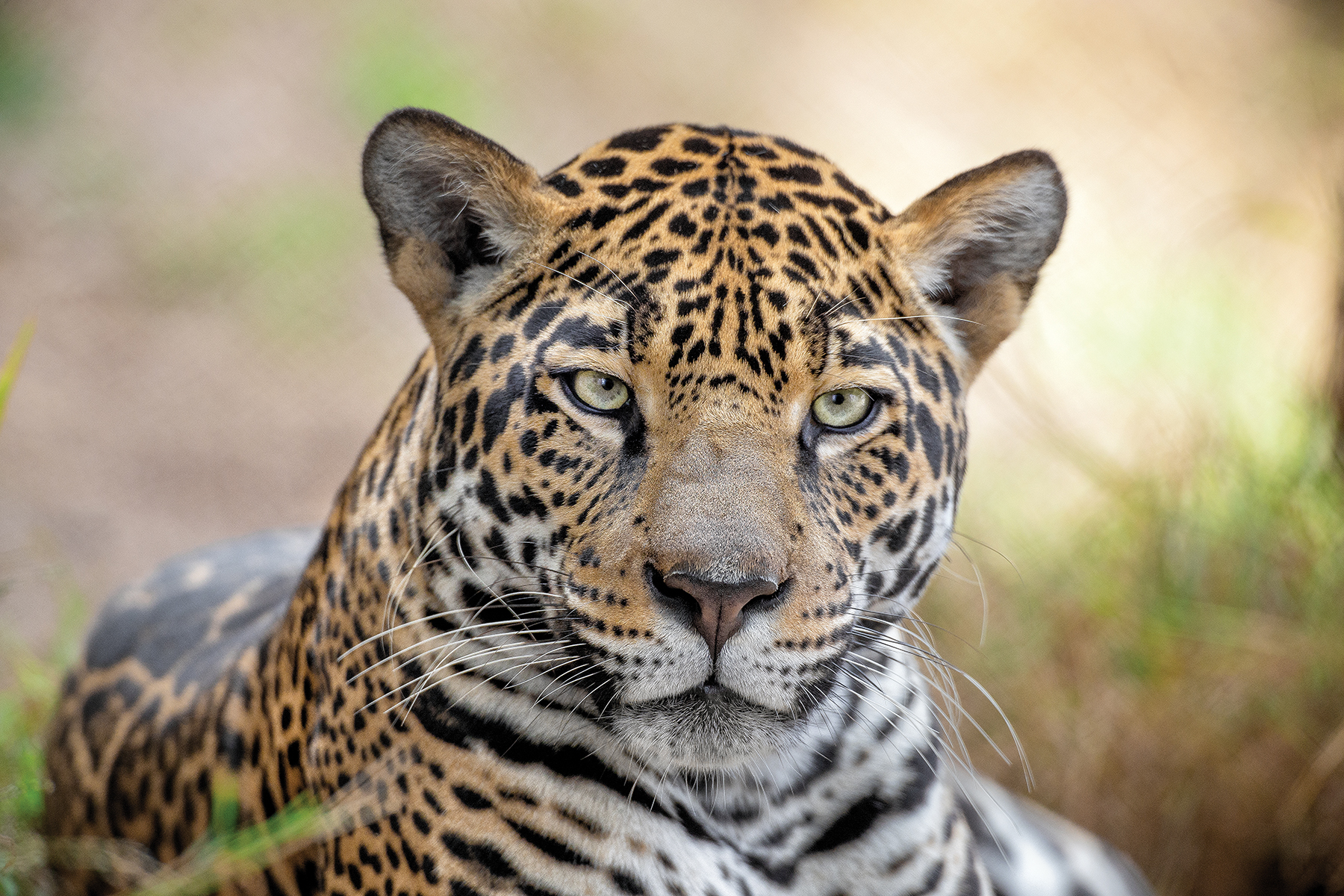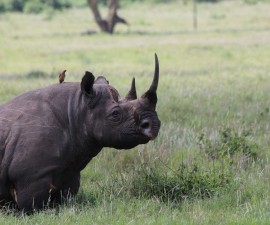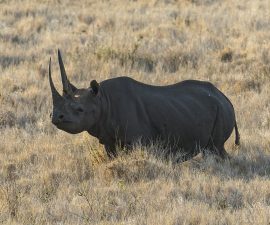BY Jose Luis Mena, Ph.D. and Mathias Tobler, Ph.D.
Jose Luis Mena, Ph.D. is a scientific coordinator for San Diego Zoo Wildlife Alliance’s Amazonia Conservation Hub;
Mathias Tobler, Ph.D. is the director of population sustainability for San Diego Zoo Wildlife Alliance.
Life with Jaguars in Peru
Other than Brazil, no country has a larger population of jaguars than Peru. These cats are widespread throughout the Amazonian lowlands and up the eastern slope of the Andes to an elevation of about 6,000 feet, occurring both inside and outside protected areas. But jaguars have not always been this widespread. In the past century, jaguars and other spotted cats were heavily impacted by the international fur trade, driven by the fashion industry in Europe and North America. This trade resulted in the killing of over 17,000 jaguars in the Peruvian Amazon from the 1940s through the 1960s. As a result, jaguars disappeared from areas around human settlements and were considered rare throughout the Peruvian Amazon.

It was not until 1975 that the Convention on International Trade in Endangered Species (CITES) included jaguars on the list of species prohibited for international trade. Commercial jaguar hunting stopped, and the species started to recover. Their recovery has been aided by vast extents of intact lowland rainforest, prime habitat for jaguars. Deforestation in the Amazon is increasing, driven by illegal logging, agriculture, and illegal gold mining—but in Peru, about 90 percent of the area still has forest cover, and a large part of that is considered primary forest. Today, an estimated 22,000 jaguars inhabit the forests of Peru. Their recovery, however, can bring them close to human settlements, and coexistence with people brings challenges.
Apart from a few large cities, most people in the Amazon live in small communities near the forest—and wildlife. They often depend on the forest for their livelihoods, extracting resources such as wood, Brazil nuts, and palm fruits; as well as fishing and hunting for meat. Many of these communities have been living with jaguars for decades, and jaguar attacks on people are almost unheard-of. However, an increasing human population and changing demographics through migration of people from the Andes to the Amazon, combined with the reduction of the jaguar’s habitat through the expansion of agriculture and livestock production, means that interactions between jaguars and people have become more frequent. Jaguars may attack livestock or domestic animals, or frighten people during encounters in the forest. This often results in retaliatory persecution—and killing—of the big cat. A study carried out by San Diego Zoo Wildlife Alliance in southeastern Peru and neighboring Bolivia showed that livestock depredation and fear are two of the main reasons people shoot jaguars.

(Photo Credit | Marlon Guerra Vargas)
To better understand how common negative interactions between jaguars and people are, to find major causes, and to identify ways to improve coexistence, we launched a study to conduct interviews across a large portion of the Peruvian Amazon. Field teams will travel by car, motorbike, and boat to remote villages to interview local people and collect firsthand data on their attitudes toward and experiences with jaguars. Results from these surveys will allow us to work with the Peruvian government and other partners to develop strategies and guidelines for communities to live with these big cats, and to promote coexistence between people and jaguars.

3 Things to Think About
Like many species, jaguars increasingly face challenges to the stability of their future. Among them are:
1. Space Limitations
Habitat loss and habitat fragmentation continue to impact jaguars’ lives. Much of their range has been encroached upon by logging, mining, farming, and ranching activities.
2. Interaction with People
The roads that are built to support logging, mining, farming, and ranching are bringing people into contact with previously remote jungle habitat. This increases the likelihood of interactions that can adversely affect both wildlife and people.
3. Poaching
While commercial hunting for jaguar pelts has declined, there is again a growing demand for jaguar teeth, paws, and other products for use in folk remedies.
Discover how you’re making a difference for jaguars and other vulnerable wildlife in this region through our Amazonia Conservation Hub.





